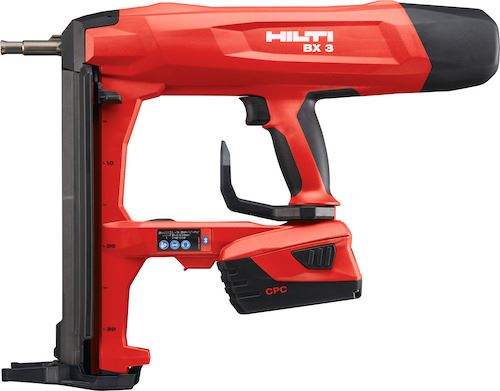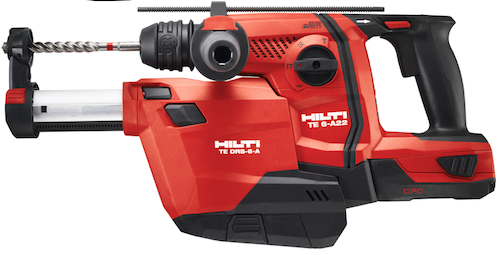Increase your productivity with Hilti tools.
Anybody in the construction industry with an ear to the ground will be well aware of permanent formwork, and how it is revolutionising construction in Australia.
To briefly summarise, this process uses systems with hollow panels to replace traditional block and brick work. Concrete can then be directly poured into these hollow panels, and just like that, you have a permanent structure. It essentially works like a mould, and the impact has been huge. Companies such as Dincel, AFS and Ritek are leading the permanent formwork charge, and as a result we are seeing a rapid increase in construction speed.
In the past, formwork has been mostly associated with putting down horizontal slabs, but new technologies and methodologies have made it possible to pour vertically and create walls. Perhaps most importantly, the process has also been embraced by architects, so we can all expect to see a lot more permanent formwork applications over the coming years.
It's tempting to use traditional working methods when putting up permanent formwork, but by using some of the latest tools out there, you can further increase productivity.
The first example of this is when laying down the bottom track that the vertical forms get placed over. Instead of anchoring these tracks down, you can shoot them down onto the concrete with a battery powered nailer, regardless of whether the tracks are steel or plastic. The material that tracks are made of is one of the big differences between different permanent formwork suppliers, so by accommodatingly multiple options Hilti equipment can be used in a far wider range of situations. This makes the entire process even faster than it would normally be, resulting in some truly lightning-quick construction work.

Speed isn't the only important factor in permanent formwork applications, though. There's a substantial need to make sure that every step of the process is safe, and this means installing the appropriate supports and reinforcements.
After laying the track starter bars are also required. With Hilti's cordless tools, you can drill a hole and glue the starter bars in before the moulds go up and are filled with concrete. The same batteries that power the nailer can be used for the rotary hammer drill and dispenser for the epoxy.

The rotary hammer drill can also be equipped with a dust hood which minimises worker exposure to crystalline silica – which is a really hot health and safety topic at the moment. Epoxies such as the HIT-RE 500 V3 can also be set in damp environments, which comes in very handy when gluing in rebar when the hole itself is full of water. This provides some key benefits when it comes to working in adverse weather conditions, and means that the construction process doesn't have to be delayed in the event of rain. This also allows for construction teams to get around any problems with starter bars that are still drying.
Finally, Hilti can also supply screw anchors which screw braces directly into concrete to keep the permanent forms stable whilst setting.
FIND YOUR NEAREST HILTI STORE
